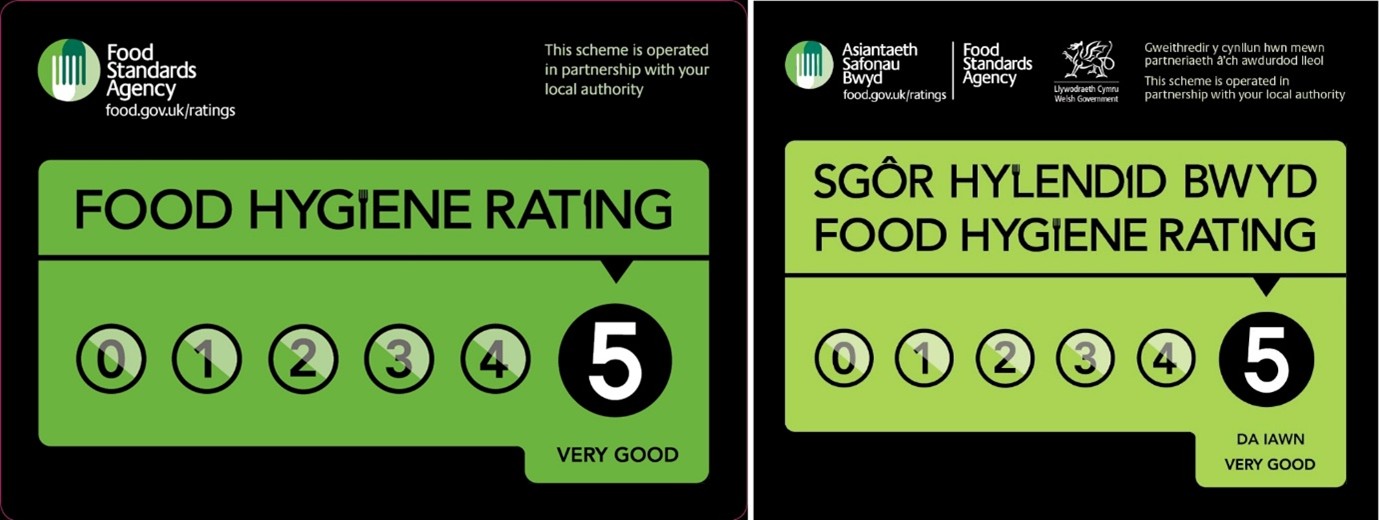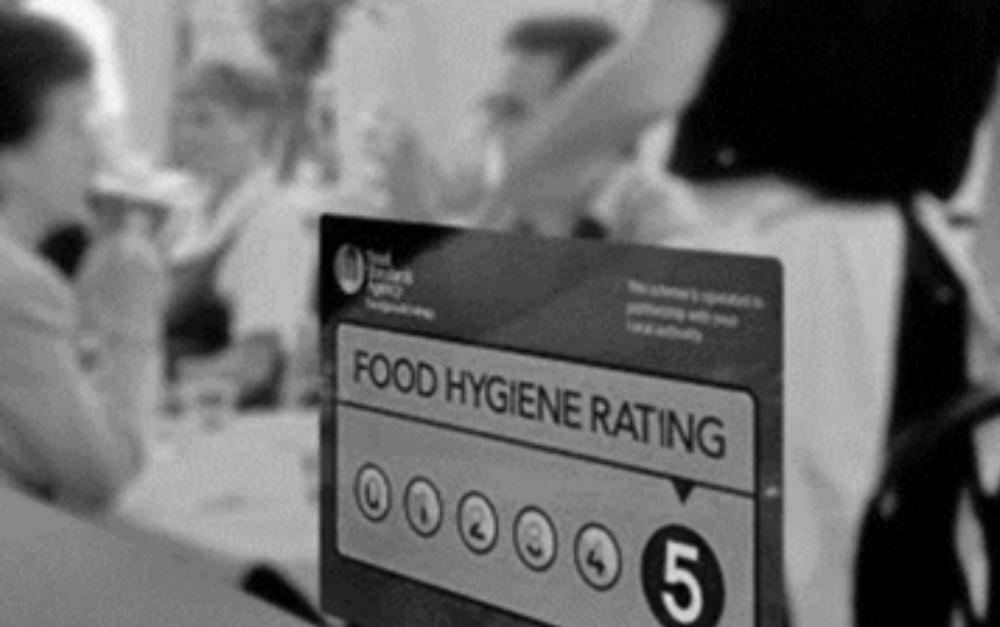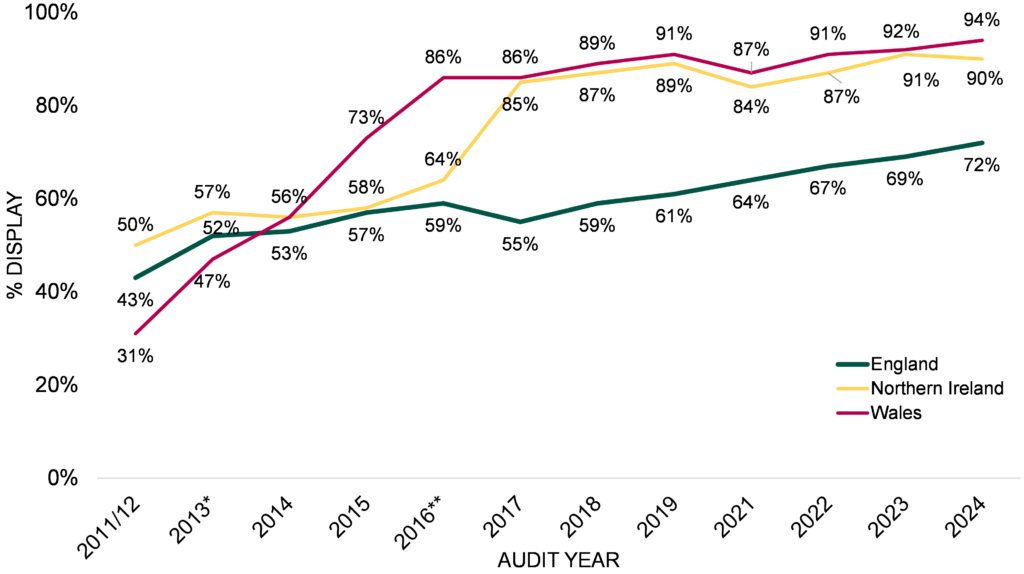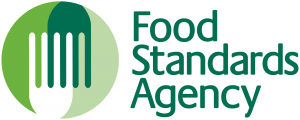At a glance
The Food Standards Agency (FSA) commissioned IFF Research to conduct an audit and survey of food businesses in England, Wales and Northern Ireland. The FSA wanted to gain insights into the display of food hygiene ratings at both physical premises and online, explore food businesses’ awareness and attitudes towards the Food Hygiene Rating Scheme (FHRS), and explore drivers behind display and non-display of rating stickers. We conducted a telephone survey of 1,349 food businesses, and a physical and online audit of 1,348 food businesses across England, Wales and Northern Ireland to capture these insights.

About the client
The Food Standards Agency (FSA) is a non-ministerial Government department that aims to protect public health and consumer interests in relation to food consumption in England, Wales and Northern Ireland. In 2010, the FSA launched the Food Hygiene Rating Scheme (FHRS) to help consumers make more considered decisions about where they choose to eat or purchase food. It is currently mandatory for businesses to display their FHRS sticker at premises in Wales and Northern Ireland, but not in England.
Challenges and objectives
The overarching aims of the research were to:
- Provide a representative estimate of the display of food hygiene ratings at physical premises and online
- Explore businesses’ awareness and attitudes towards the Scheme, and the drivers for display and non-display both at the premises and online
- Provide the FSA with robust insight needed to evaluate the scheme, support policy development and support communications.

Solution
To achieve these objectives, the methodology consisted of two strands:
- A covert audit of food businesses across all three countries to record the proportion of businesses displaying their FHRS rating both at physical premises and online.
- A telephone survey of a representative mix of establishments across the three countries to explore drivers and the impact of display and non-display, as well as awareness and attitudes towards the FHRS.
The covert audit allowed us to observe actual rating display behaviour without influencing it, and direct engagement with businesses in the telephone survey meant we could collect deep insight.

Impact
In England under the voluntary scheme, 72% of businesses were found to be displaying their FHRS rating at their premises during the audit. Although not significantly higher than the rate of display in 2023 (69%), this represents a steady upward trend in rates of display by businesses in England since 2017, when 55% of businesses displayed a sticker.
In Northern Ireland, 90% were displaying their rating, and in Wales 94% were displaying their rating at their premises under their statutory schemes – both broadly consistent with rating display observed in 2023 (91% and 92% respectively).

Proportion of audited businesses displaying food hygiene ratings at their premises
Businesses also reported that having a higher rating and putting it on display leads to positive impacts on customers’ perceptions; around 8 in 10 businesses agreed that having a higher rating gives them a competitive advantage over those with lower ratings (England 84%; Northern Ireland 84%; Wales 80%), and around two-thirds agreed that displaying their rating gave their business more customers.
Another key finding relates to online display of food hygiene ratings. Currently, online display is not mandatory in any of the three countries. However, around half of surveyed businesses that did not display their rating online would consider doing so in the future (55% in England, 50% in Northern Ireland and 49% in Wales). A majority of businesses also supported the idea that third-party delivery sites – such as JustEat and Uber Eats – displaying ratings in a more prominent position would be a positive change (73% in England, 72% in Northern Ireland and 66% in Wales).
Overall, the study has shown that engagement with the scheme is high, as display rates have increased significantly since it was introduced in 2010. Consumers have increased transparency about ratings, which in turn increases the incentive for businesses to improve and maintain high levels of food hygiene compliance. Businesses also reported high levels of awareness of and satisfaction with the scheme; the vast majority of businesses reported that they work hard to maintain or improve their food hygiene rating (98% of businesses in England and 97% in each of Northern Ireland and Wales).

